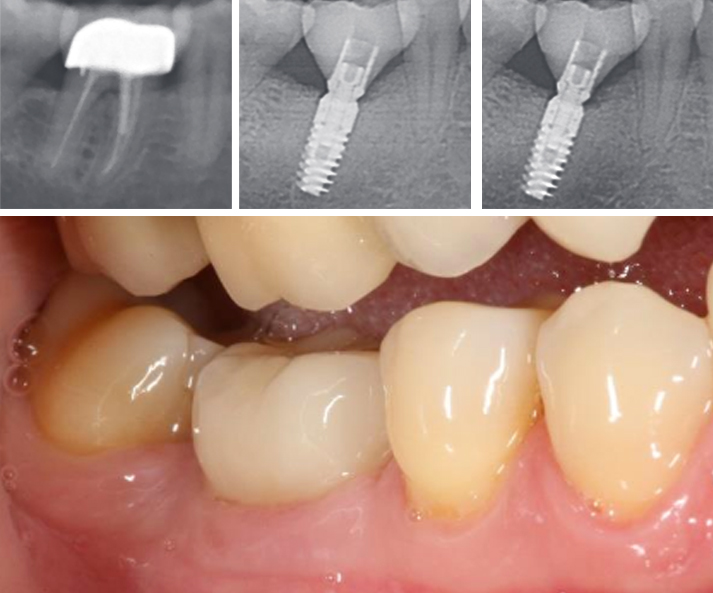Erste Daten eines neuartigen Implantatsystems – November 2015 – Frankfurt University FORM EL Study Presentation
Erste Daten eines neuartigen Implantatsystems • November 2015
Frankfurt University – FORM • EL Study Presentation
Authors: Jonas Lorenz – University Hospital Frankfurt · Department of oral, maxillofacial and plastic surgery, Henriette Lerner – HL DENTCLINIC, Robert A. Sader– Goethe-Universität Frankfurt am Main · Center of Stomatology and Shahram Ghanaati – Goethe University of Frankfurt/Main; Universitätsmedizin der Johannes Gutenberg-Universität Mainz · Department for Oral, Craniomaxillofacial and Facial Plastic Surgery; Institute of Pathology
Study: Frankfurt orofacial regenerative medicine
University: Universitätsklinikum Frankfurt
Long-term stability peri-implant hard and soft tissue after immediate implantation: Initial data of a new Morse locking implant system
Objective
Immediate implantations have become established as a reliable therapy option in recent years. Taking into account some essential conditions, such as the preservation of the bony alveoli, it is possible to achieve comparable survival rates at a low complication rate. The aim of the present study was to investigate for the first time a new Morse locking implant system and its characteristics and performance with immediate implantation.
Material & Methods
In this retrospective study, 21 patients who had received 50 implants (C-Tech Implants Esthetic Line, C-Tech Implants, Bologna, Italy) over the past three years were clinically and radiologically immediately after extracting unsupported teeth in the upper and lower jaws reexamined. After 2 years, the condition of peri-implant hard and soft tissue (width and thickness of the buccal peri-implant gingiva, probing depth (ST), bleeding on probing (BOP)) and the red esthetics PES)) and the stability of the peri-implant bone.
Results
No implant loss, implant loosening or acute infections in the area of the peri-implant tissue occurred during the examination period of 2 years. All implants had a sufficent range of attached peri-implant gingiva, a stable attachment with ST of 2.25 mm and BOP of 34% on average. The peri-implant bone was also stable in the radiological 2-year follow-up with a decrease of 0.83 mm on average.






